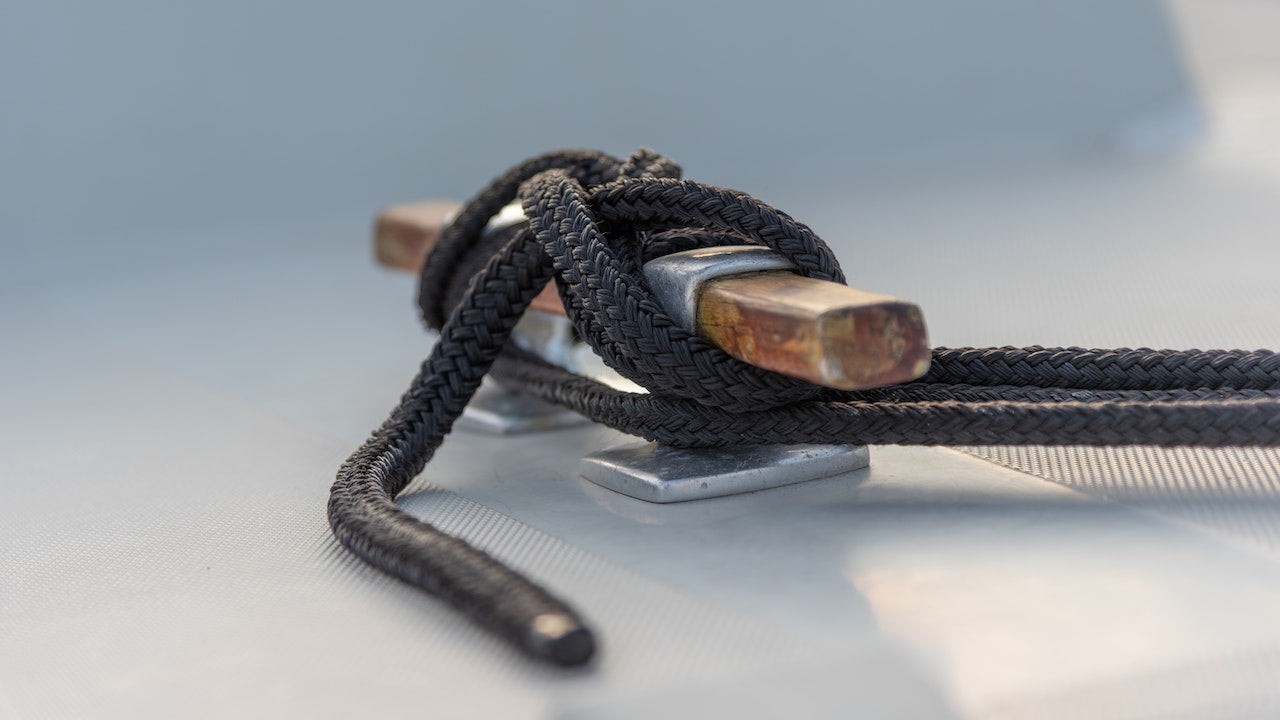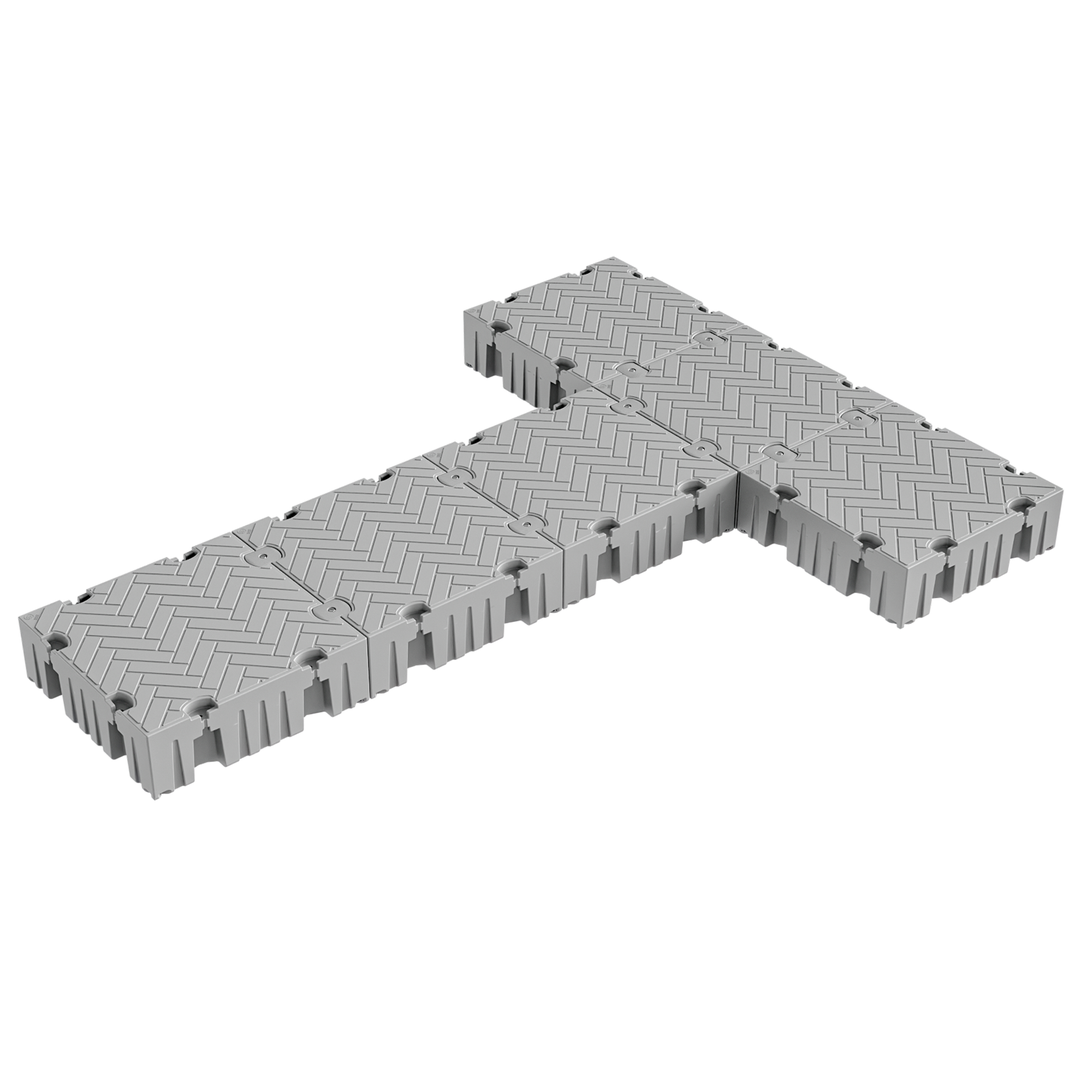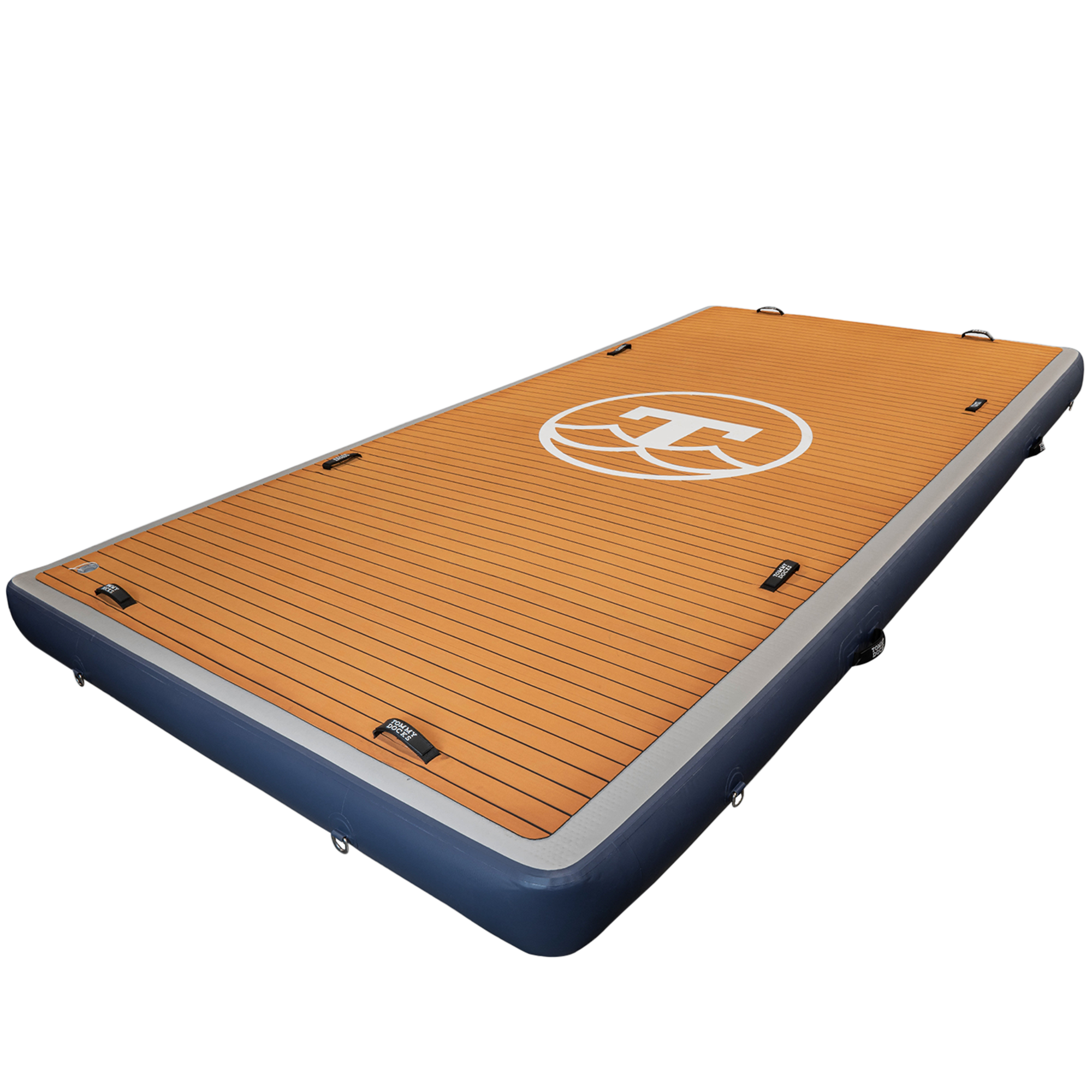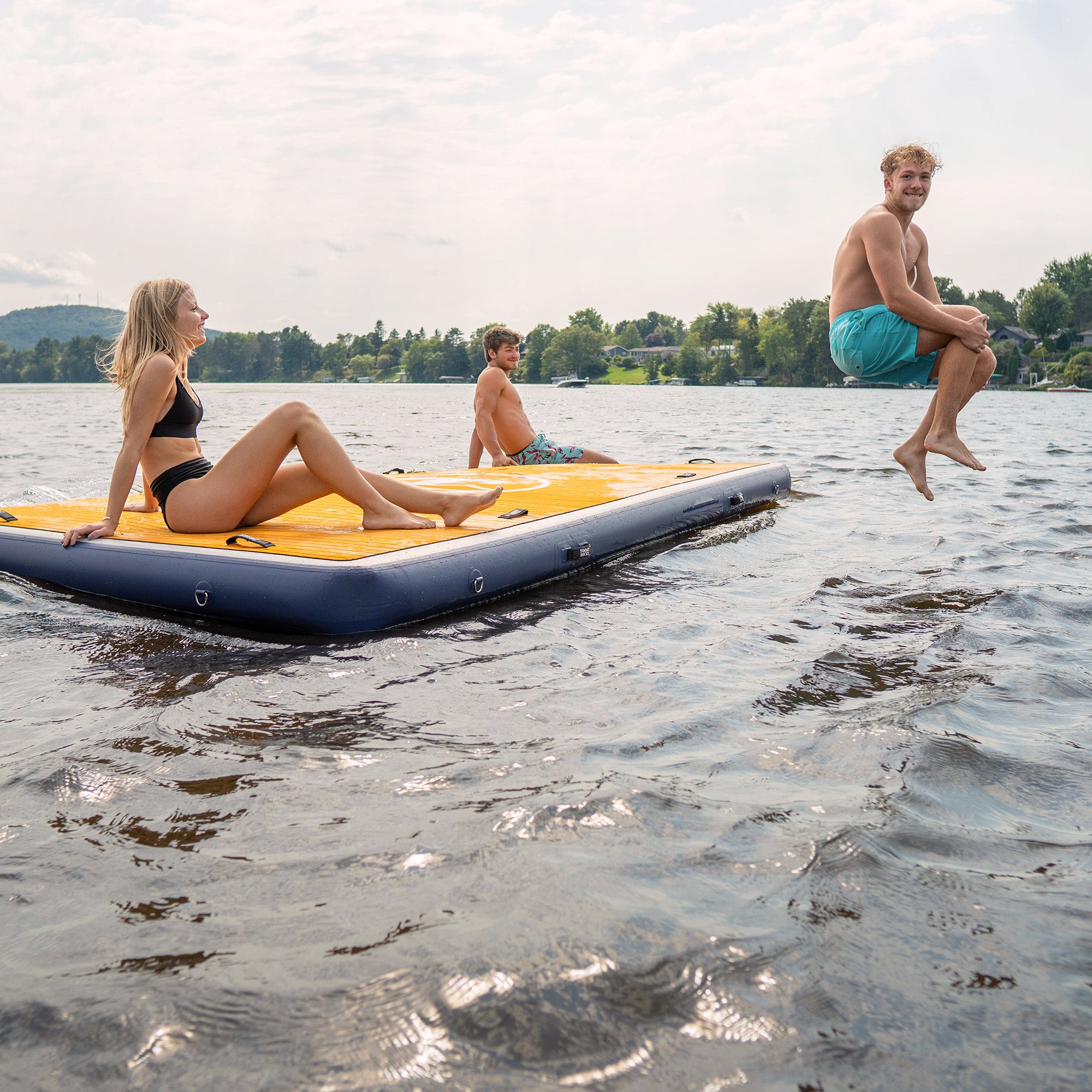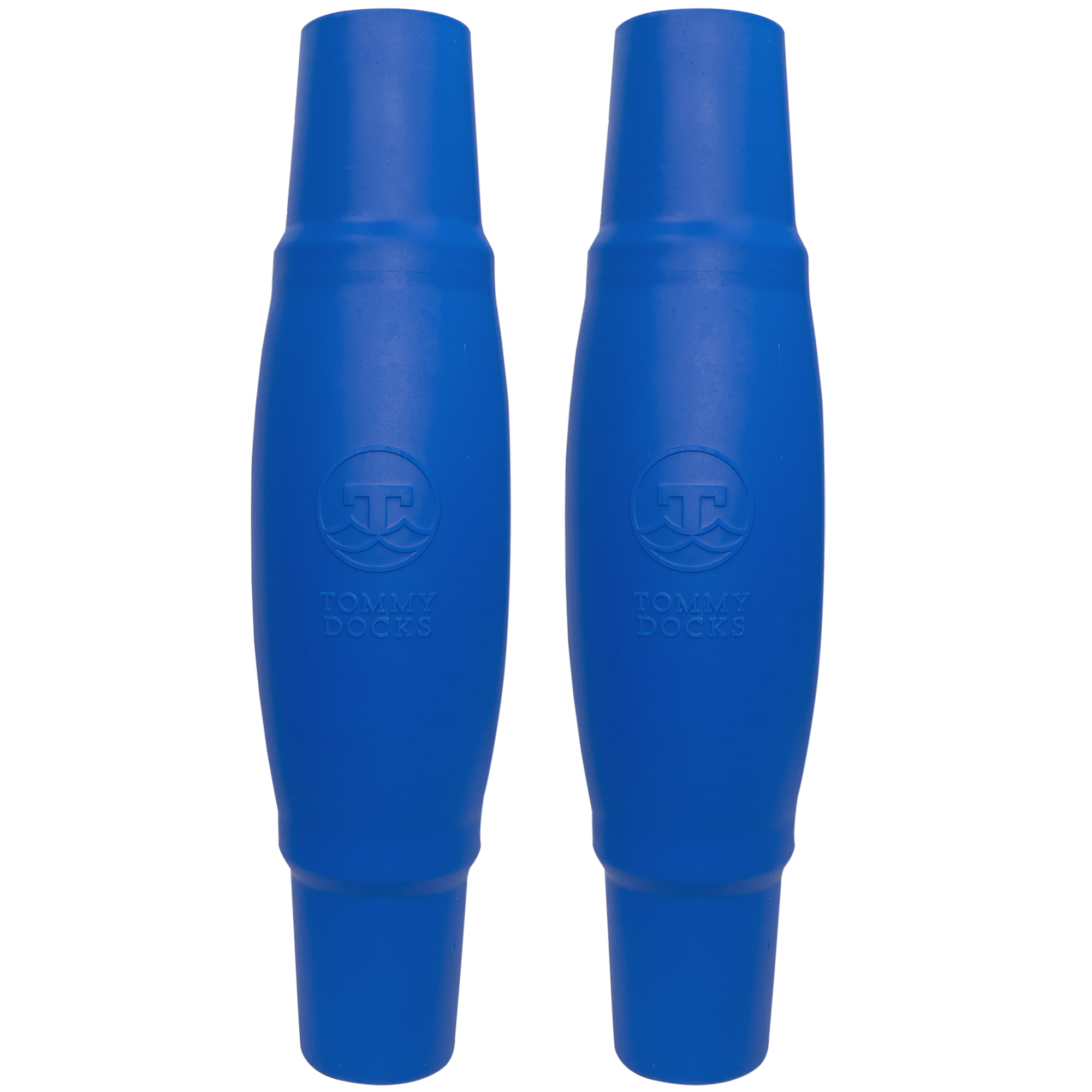Whether you are just starting your nautical journey or are a seasoned sailor, we believe it is always beneficial to brush up on essential boating knowledge.
Today, we steer the conversation to an often overlooked, but vital component of boating safety and functionality - boat cleats. In this guide, we'll take a deep dive into the world of boat cleats, providing you with everything you need to know to make informed decisions when choosing, installing, and using them effectively.
A Cleat Introduction: Why Are Boat Cleats Necessary?
Boat cleats serve as the anchoring point on your boat or dock, allowing you to secure lines for a variety of purposes including mooring, anchoring, or towing. Having the right cleat installed not only ensures the safety of your vessel but also prolongs the lifespan of your marine equipment. Understanding the intrinsic role of cleats can pave the way for a seamless and enjoyable boating experience. As a side note: make sure you never leave your boat unattended for long periods of time without being properly secured.
Choose Wisely: Picking the Right Cleat for Your Needs
Material Matters
When it comes to selecting the right cleat, material should be your first consideration. The common materials are:
- Galvanized Steel Cleats: Galvanized steel cleats are cost-effective options that offer resistance against corrosion, suitable for both fresh and saltwater setups.
- Nylon Cleats: Ideal for small and medium-sized boats; they are lightweight, durable, and resist corrosion extremely well. Tommy Docks offers a variety of nylon cleats from traditional horn cleats to foldable cleats.
- Aluminum Cleats: Light yet durable, offering resistance to corrosion, making them a top choice for freshwater environments.
Shape and Style
Next, consider the shape and style of the cleat which determines its functionality. The popular types are:
- Horn Cleats: Traditional and versatile, boat horn cleats are commonly found on most boats and docks.
- Foldable Dock Cleats: Foldable dock cleats are best for smaller boats, they can be quickly and easily folded away so as to give more walkable space on your dock without the worry of stubbing a toe!
- S-Shape Cleats: With a unique design, they prevent lines from slipping off, providing an additional layer of safety.
Size Considerations
Choosing the right size is crucial to ensure proper functionality. A general rule of thumb is to opt for a cleat that is approximately one inch in length for every 1/16 inch diameter of the rope used.
Installing Cleats: Securing Your Peace of Mind
A well-installed cleat can be the difference between a secured boat and a drifting vessel. Here are some steps to install cleats like a pro:
- Select an Appropriate Location: Choose a spot that allows easy access while avoiding potential tripping hazards.
- Mark the Holes: Once you have identified the right spot, mark the holes using a marker.
- Drilling the Holes: Use a drill to make holes at the marked points, ensuring they are slightly larger than the bolts to be used.
- Fixing the Cleat: Position the cleat over the holes and secure it using appropriate bolts, adding a washer and nut underneath.
- Sealing the Deal: Apply a marine sealant around the bolts to prevent water from seeping in, thereby avoiding potential corrosion.
Using Cleats Effectively: Mastering the Art
Using a cleat effectively is an art that mariners should master to ensure safety and efficiency. Here’s how you can do it:
- Making a Cleat Hitch: Learn to tie a cleat hitch correctly. Start by making a loop around the base, followed by a figure-eight pattern around the horns, securing it with a hitch on the final turn.
- Proper Line Handling: Ensure that the lines are not frayed or damaged, as this could compromise the safety of your boat.
- Regular Inspection: Periodically inspect the cleats for signs of wear and tear, and replace them as necessary to maintain optimal functionality.
If you want a more in-depth guide on how to tie your boat to a dock, check out this guide by Tommy Docks.
Sailing Ahead: Final Thoughts and Recommendations
Remember, the heart of a secure and functional docking system lies in its smallest details. By investing in quality boat cleats and using them correctly, you not only safeguard your vessel but also ensure a delightful and worry-free boating experience.
At Tommy Docks, we are committed to providing you with top-notch prefab dock kits and equipment (including boat cleats!) that stand the test of time. For more guidance and expert advice, feel free to sail into our world, where quality meets innovation.

